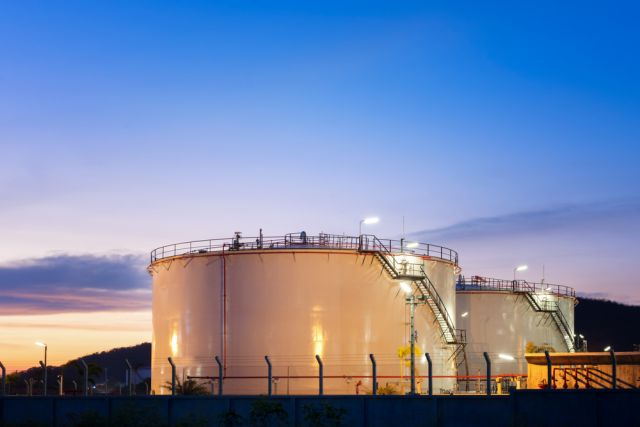
Despite the growth outlook for LNG, the supply-constrained market still faces major headwinds. (Source: Shutterstock)
Global liquefaction capacity is expected to reach around 700 million tonnes per annum (mtpa) by 2030, up from 401 mtpa in 2023, according to the International Gas Union (IGU).
The expected 75% growth in global liquefaction capacity will be driven by new final investment decisions (FIDs) coupled with the start-up of projects currently under construction, the IGU said June 26 in a press release.
The expansion of liquefaction capacity in high-growth Asian markets will be driven by a switch from coal to gas, an important component in the region’s decarbonization and air quality improvement strategies, the IGU said.
Despite the growth outlook, the supply-constrained market still faces major headwinds, according to the IGU. These include the Biden pause, which could delay over 70 mtpa of new capacity in the U.S.; sanctions on Russian LNG, which impact around 20 mtpa; Ukraine possibly not extending the Russian gas transit deal until late 2024; shipyard bottlenecks; ongoing security risks in the Middle East; and declining gas field supply.
“Over 120 mtpa of currently operational liquefaction capacity is over 20 years old, and some of these facilities are being mothballed due to insufficient upstream gas production, which calls for attention to the supply side risk,” the IGU said.
The global LNG market connects 20 exporting markets with 51 importing markets; however, supply is currently the primary growth-limiting factor, according to the IGU. Around 180 companies were involved in LNG deliveries under term contracts in 2023, and around 35% of the transactions were spot-priced.
LNG is now a critical component of the global energy mix, the IGU said, “with its role as a flexible, highly efficient and reliable resource continuing to grow, and as such, decarbonizing the LNG value chain is a priority for many stakeholders in the industry.”
Recommended Reading
Equinor Acquires Stake in Standard Lithium Smackover Projects
2024-05-08 - Equinor’s transaction, completed effective May 7, includes interests in Standard Lithium’s flagship South West Arkansas Project and East Texas properties.
Crescent Point Divests Non-core Saskatchewan Assets to Saturn Oil & Gas
2024-05-07 - Crescent Point Energy is divesting non-core assets to boost its portfolio for long-term sustainability and repay debt.
Permian Resources Adds More Delaware Basin Acreage
2024-05-07 - Permian Resources also reported its integration of Earthstone Energy’s assets is ahead of schedule and raised expected annual synergies from the deal.
Evolution Petroleum Sees Production Uplift from SCOOP/STACK Deals
2024-05-07 - Evolution Petroleum said the company added 300 gross undeveloped locations and more than a dozen DUCs.
Riley Exploration Permian Closes Delaware Basin Bolt-on
2024-05-08 - Riley Exploration Permian said it added 13,900 acres and up to 25 net locations in Eddy County, New Mexico.





